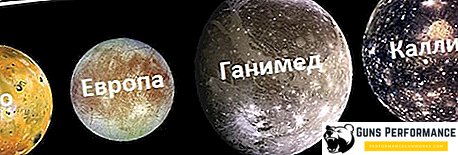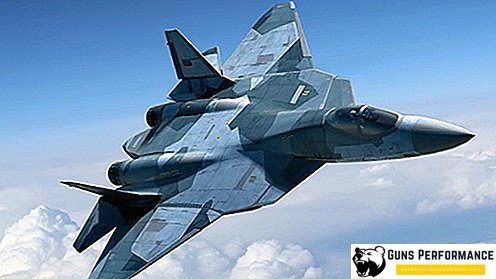
A unique technological development, which in the literal sense of the word will allow to look around the corner without looking for it, was created at the Massachusetts Institute of Technology in 2012. The invention belongs to Andreas Velten, who quickly faced a lack of financial support for the project. This led to the suspension of such research. To help the project, having allocated money, the American military from the agency DARPA decided. The volume of investments amounted to 4,400,000 dollars, which made it possible to continue working on the project, and also enough money to upgrade and improve the technology.
Principle of operation
Now a large team of scientists from the Morgridge Research Institute is working on this camera. Naturally, the whole process is controlled by Andreas Velten himself. Although his idea was quite simple, but it is difficult to implement. The camera produces a laser pulse reflected from other surfaces during movement. Part of the photons reaches the camera lens, and then a special system begins to work, which collects all the pieces of information bit by bit. The result is the implementation of a three-dimensional image of objects behind the wall.

Fixing images with a camera is carried out once every 2 picoseconds. A picosecond is less than a trillionth of a second, so the distance that photons travel can be measured with great accuracy. The remaining funds from the military will be spent on upgrading all technological processes, increasing the level of detail of three-dimensional objects and reducing the size of the camera itself, which currently takes quite a lot of space. The speed of this camera is very low, it takes more than two minutes to form a complete image. It is planned to reduce this figure to 10 seconds. Andreas Velten himself says that in the near future the development will be in service with the army of the United States of America.












